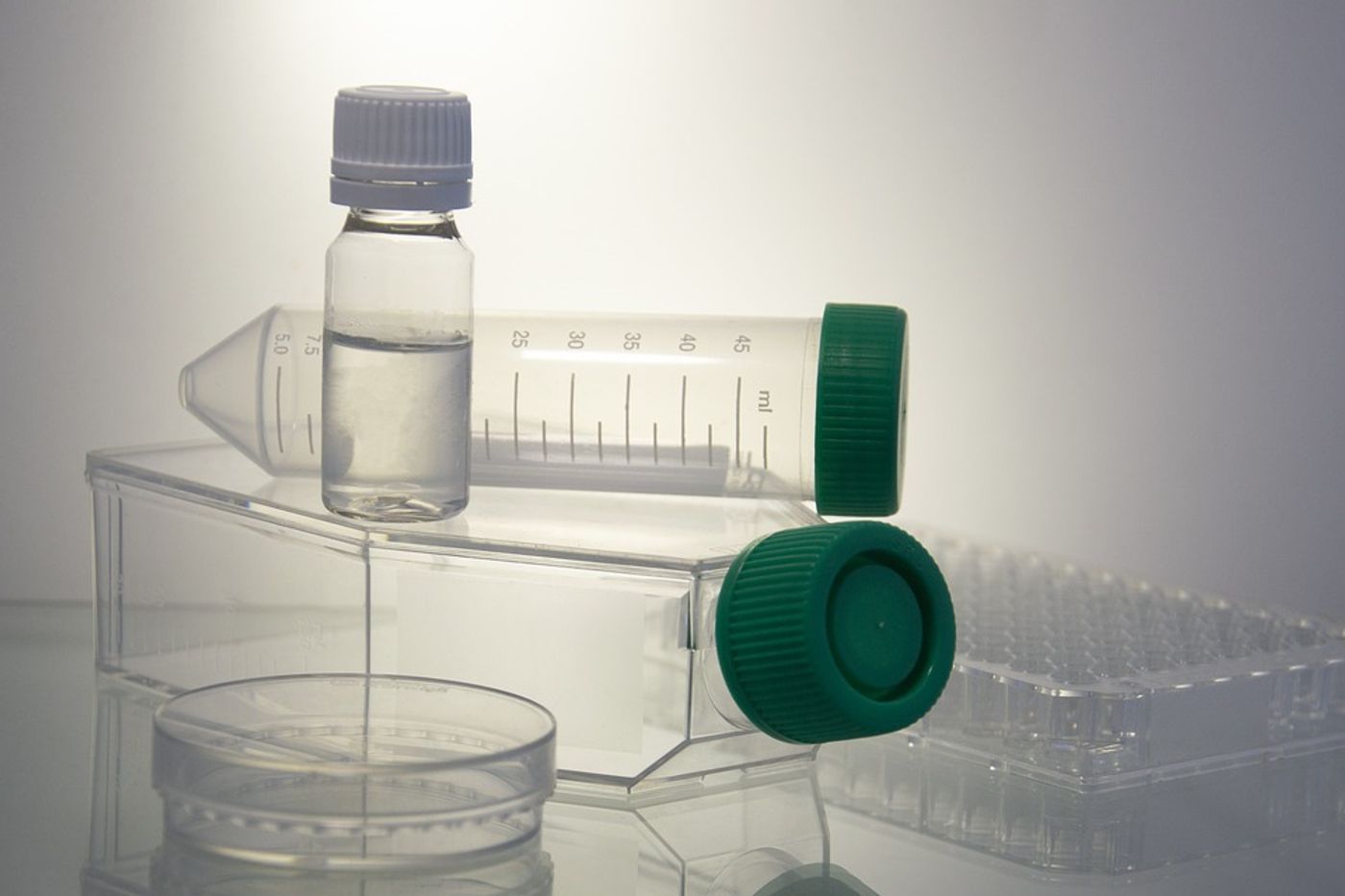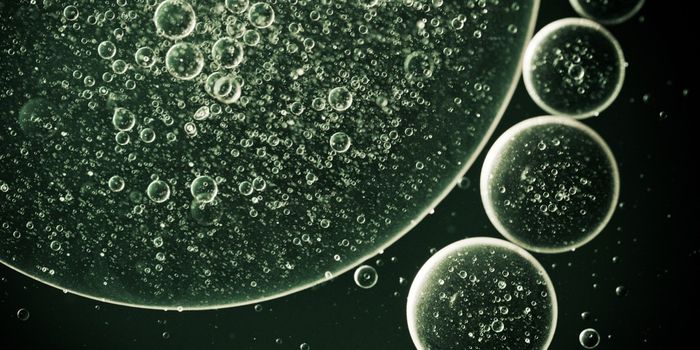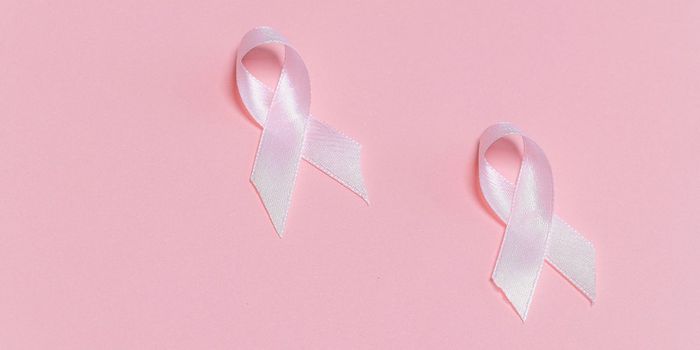New hydrogels mimic lymph nodes to proliferate T-cells
From a collaboration between cancer researchers and materials science engineers comes a development in the field of hydrogels that provides hope for cancer patients. Researchers from the Spanish National Research Council (CSIC) have developed hydrogels capable of mimicking lymph nodes that allow for the culture and high rate of proliferation of T-cells or T-lymphocytes. These types of immune cells are important for anti-cancer treatments such as immunotherapy.
The development is reported in the journal Biomaterials and has already had a patent filed for it at the European Patent Office. The researchers hope that they will soon be able to bring the technology to cancer patients; to do so, they have already begun 3D printing the polyethylene glycol (PEG) hydrogels for market use.
The hydrogels aim to take advantage of a therapy called adoptive cell therapy, a type of immunotherapy that extract a patient’s T-cells and modifies them to make them more robust and prolific before injecting them back into the patient. During this process, the hydrogel acts as the physical platform for the T-cells to grow and supports its growth by surrounding it with other helpful biomolecules.
"This personalized therapy, although still very novel, seems to have more lasting effects than current oncological therapies, thanks to some T-lymphocytes that are capable of conferring immunity over time," says researcher Judith Guasch, from the Institute of Materials Science of Barcelona (ICMAB-CSIC). Yet, she adds, "Its application is limited by the current cell culture media, since they are not effective enough for the proliferation and growth of a relevant amount of therapeutic T-cells in a short time and in an economically viable way.”
Guasch, along with Elisabeth Engel, professor at the Polytechnic University of Catalonia (UPC) at the Institute of Bioengineering of Catalonia (IBEC), is one of the people spearheading the project to bring this technology to the market. Together, they received help from the Call for Transfer and Valorization Projects of the Biomedical Research Networking Center - Bioengineering, Biomaterials and Nanomedicine (CIBER-BBN) 2020, in order to support the project to 3D print large amounts of the hydrogels.
Going forward, the team plans to design the prototype in the laboratory and carry out the first experiments for validation in the clinical phase so that the technology can be brought into hospitals.
Sources: Biomaterials, Eureka Alert









